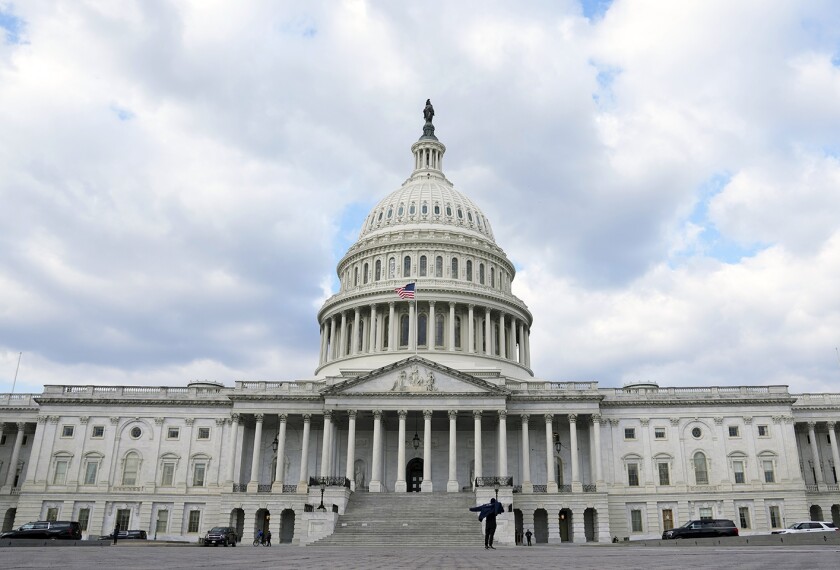The Indiana state board of education has approved a school accountability plan that is a compromise between what education and business groups had hoped to see on the sharply debated issue.
“Like any compromise, it is not what either group wanted, and represents a blending of the issues,” said Connie J. Blackketter, a member of the state board. “It was hard-fought, hard-hammered, and feelings are still raw.”
The main features of the plan, which was adopted unanimously on Oct. 4, call for ranking schools based on their students’ scores on a state assessment and how much they improve those scores over a three-year period.
Schools will begin to be placed in specific performance categories in the 2005- 06 school year. The following year, high-performing schools will be eligible for an award and low-performing schools will be eligible for technical assistance aimed at improvement, including a change in personnel. The accountability plan permits the state to take over a school only after it has shown less-than-adequate improvement for five consecutive years.
Business people and educators who participated in the policymaking process said last week that they were happy with the final version.
“It’s a step in the right direction,” said Chris LaMothe, the president and chief executive officer of the Indiana Chamber of Commerce. “It went as far as the education establishment in Indiana would allow it to go.”
Mr. LaMothe is a member of the Education Roundtable, a 29-member Indiana advisory group for education headed by Gov. Frank O’Bannon, a Democrat, and state school Superintendent Suellen Reed, a Republican.
“It’s equitable and it’s reasonable,” Frank A. Bush, the executive director of the Indiana School Boards Association, said of the compromise.
His organization and the Indiana Association of Public School Superintendents had mobilized educators, parents, and community members to testify at a Sept. 4-5 hearing against the proposed plan, which had been posted by the state board in August.
‘Negative Labels’
Much of the contention surrounding the Aug. 1 proposal concerned how schools would be judged on their students’ performance on the Indiana State Testing for Educational Progress-Plus exam, or ISTEP+.
“We had 125 people who testified and almost 500 pieces of written testimony,” said Jeff Zaring, a state education department staff member who serves as the state board of education’s administrator. “Most of the folks who testified indicated dissatisfaction with what they perceived as negative labels for schools.”
For example, they didn’t like the proposal that some schools might be labeled as “unsatisfactory,” he recalled. In addition, he said, educators didn’t like the two-tiered matrix that the board had proposed for labeling schools both according to their performance and their improvement. “Folks believed if they had a low number of students who passed our test, they would be put in one of those [low-level] categories even if they were improving,” Mr. Zaring said.
Mr. Bush of the school boards’ association said many educators at the hearing believed that the accountability plan would place 82 percent of schools into the two lowest of the five categories being proposed on the performance side of the matrix.
Mr. Zaring said that the distribution cited by Mr. Bush would have occurred only in the unlikely event that the same 82 percent of schools were to have shown no improvement whatsoever.
Mr. Zaring said the final accountability plan incorporated changes to reflect educators’ concerns. It replaced the two-part matrix in favor of judging schools with only one system, based on actual test scores and improvement in those scores. And it changed the names of the labels for schools.
As it is, the rankings will be based on how a school’s students score on the ISTEP+ and how the school’s scores improve on average over a three-year period.
For example, a school that had between 40 percent and 50 percent of its students passing the test would have to raise its proportion of students passing by at least 4 percentage points each year and 12 percentage points over three years to keep the label of “academic progress.”
The five categories in the approved plan into which schools will be placed, and under which they may receive penalties or rewards, are “exemplary progress,” “commendable progress,” “academic progress,” “academic watch/priority,” and “academic probation/high priority.”




